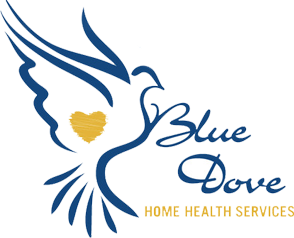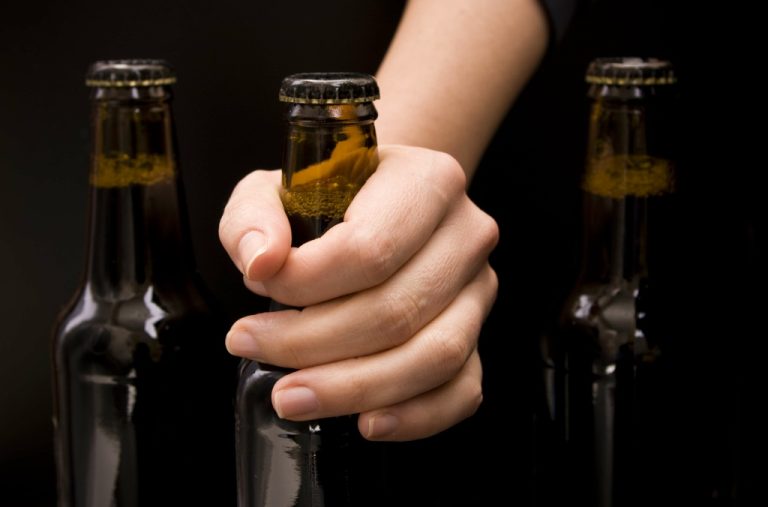You’ve likely already explored some of these in your recovery program, but there are some extra special things that can center around holidays and events. At family gatherings and social events, tote around your favorite non-alcoholic drink. People won’t feel so inclined to offer you a drink, and they won’t get the chance to pester you about your sobriety. On top of that, you can’t attend your home group meeting, and you haven’t heard from your sponsor in two days.
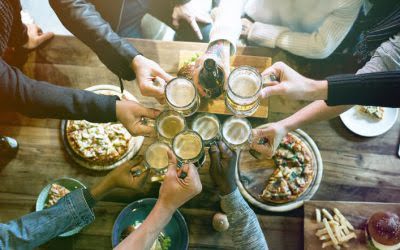
Community groups
If a situation becomes inappropriate, are you willing to leave quickly? Remember you don’t have to have all the answers – just getting an idea of what you’ll do will allow you the freedom to make decisions on the fly. Longbranch Recovery and Wellness provides affordable, top-quality drug and alcohol rehab programs at our facilities in Louisiana and Arkansas. You deserve it, and will be a better employee by taking time to unplug.
Building New Traditions
SMART Recovery Family & Friends helps those who are affected by substance abuse, drug abuse, alcohol abuse, or other addictions of a loved one. Our program is a science-based, secular alternative to Al-Anon and Johnson Intervention, and our method is based on the tools of SMART Recovery and CRAFT (Community Reinforcement and Family Training). CRAFT aims to teach family and friends self-protection and non-confrontational communication skills to help their addicted loved one find recovery. The experience of sharing the holidays with family or friends can strengthen their recovery and reinforce the value of the fuller, more authentic way of life they are entering. To help foster a positive holiday environment for those in recovery, please keep in mind the following tips. It’s not necessary to drink to enjoy and celebrate holidays and events.
How to Improve Emotional Intelligence in Recovery
Think of this as prepping the mind before stepping into the holiday frenzy. A bit of “me time” with activities like meditation, deep breathing, or even some chill yoga can be game-changers. It’s like charging your mental battery to face whatever comes your way at those gatherings. This buddy, whether it’s your trusty sponsor or that friend who always has your back, can keep you grounded when the holiday madness kicks in.
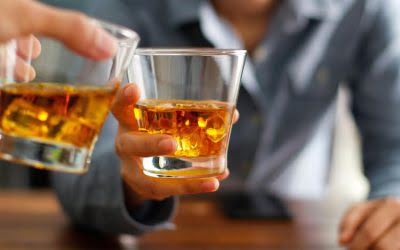
Recognizing patterns from past holidays or discussing challenges with your care team allows for better preparation. Understanding your unique triggers is an essential part of maintaining recovery during the holidays. Even non-alcoholic beers can have small amounts of alcohol in them, so for those in early recovery a beverage that is not traditionally alcoholic may be a better option. If your loved one tells you they don’t want any special steps taken to accommodate them, and both you and they are comfortable with them taking part this time, then simply go ahead.
Strategies to address cognitive distortions
- Remember, the disease of addiction is as powerful the day after a holiday as it is the day of and the day before.
- These are the people who can provide you with the emotional support you need to enjoy a stable recovery period.
- Have a plan to excuse yourself politely and ensure you have transportation ready.
- Getting into the mix with a peer group like Alcoholics or Narcotics Anonymous can be your lifesaver.
- Cognitive reframing not only aids in altering negative thought patterns but also encourages positive behavioral changes that are fundamental to sustainable recovery.
If those thoughts begin to creep in—those rationalizations about your eminent capability to now handle your liquor—shut them down immediately. Your abstinence did not, in fact, teach you how to control your drinking, because abstinence didn’t rewire your brain to be non-addicted. A mistake is not a relapse, and it’s not going to land you in rehab, but reframing holidays in early recovery those secrets might.
Navigating Cognitive Distortions in Recovery
Holidays can trigger old neural pathways tied to substance use, but understanding this empowers you. Your sober July 4th can help rewrite your brain, making it easier each and every time you choose sobriety. These feelings are temporary, and with preparation, you can navigate them confidently. Look for ways to help in community kitchens or homeless shelters or with charities. You can also just help one person at a time, adding a goal to your recovery program to find someone each day to do an act of kindness.
Sober living homes are great for those transitioning from an inpatient residential program for substance abuse. Sober living homes usually require someone to have a job and can receive support. If you or family relapses in recovery this holiday, Recovery Unplugged is waiting to help them and your loved ones get back on track. Here are some additional tips for celebrating the holidays with a family member in recovery. amphetamine addiction treatment Triggers can also be completely independent of substance use, such as experiencing relational conflict with a partner.
- For instance, if certain conversations about food or weight feel triggering, communicate this calmly but firmly.
- For gatherings, honor your recovery by preparing a meal that fits your plan or hosting a small event with supportive friends.
- As we learn during addiction rehab and in the meeting rooms, recovery is a one-day-at-a-time endeavor, no matter the season.
- Whether someone just wrapped up a detox program or has been on this journey for ages, it helps to have a plan that includes mental prep and leaning on supportive folks or groups.
Discover a guide to court-mandated alcohol & drug classes, helping individuals understand recovery and compliance. Explore how cognitive behavioral therapy can effectively treat alcohol addiction and foster long-term recovery. My first holiday season in recovery was an emotional roller coaster. As those who have struggled with addiction can understand, being around family during the holidays is hard. Sometimes, recovery involves taking a break from certain people and situations so as to really focus on oneself and avoid bad influences. Because no matter how much we love our families and no matter how much they love us, having them too involved in the first stages of recovery can be a major distraction and very difficult to navigate.
Is it safe to mix shrooms and alcohol?

Many worry about family dinners, and purchasing presents as the holidays quickly approach. Read Kali’s story, Alone on Christmas, for strategies on how to cope when spending the holidays alone. Headaches, sluggishness or low energy, lack of mental clarity, and sugar cravings can all come from being dehydrated.
